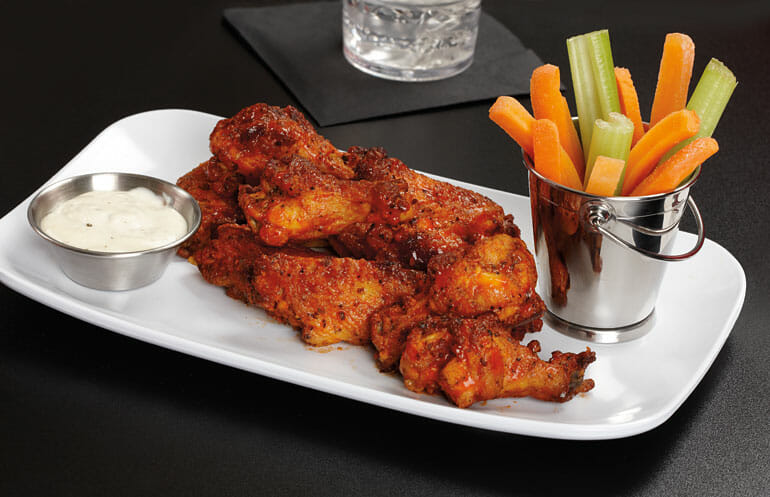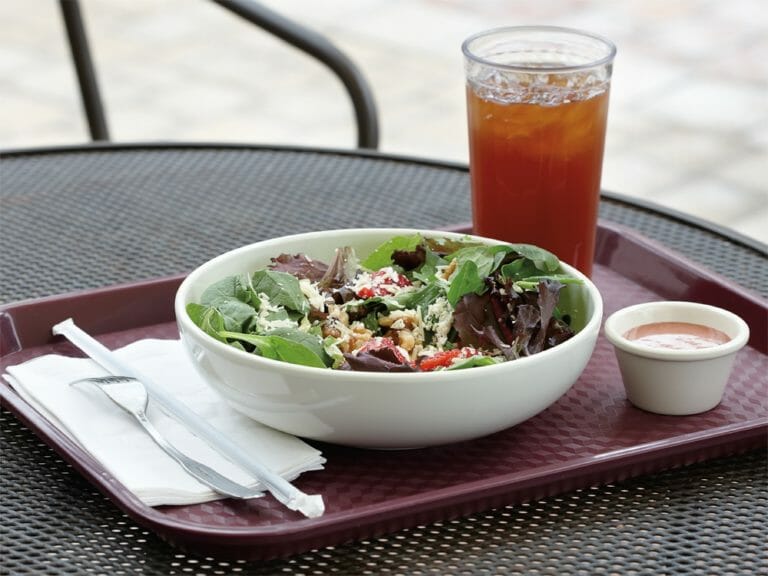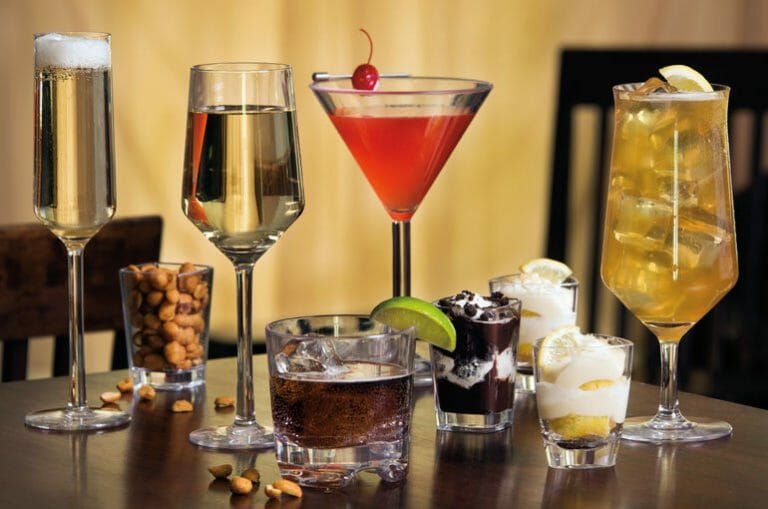Stained Melamine Dinnerware May Cost You Customers (And How to Avoid It)
To say that profit margins in the foodservice industry are tight is an understatement. Commodities and labor markets can fluctuate wildly, putting ever-increasing pressure on operators to control their costs while increasing profits.
There’s not much anyone can do about market fluctuation. However, looking at cost centers that are within your control, like how tableware is cared for, can help to reduce replacement rates and encourage repeat visits, leading you to better profit margins.
Not following proper care and maintenance for your melamine dinnerware – or china, for that matter – can lead to staining. But that, too, is well within your control so long as your staff are educated about how to treat this necessary investment. We’re going to show you how an educated and well trained labor force is key to avoiding staining and/or removing it, and why doing so can help you earn repeat guests and control costs in an unpredictable world.
 Pictured: 11.25″ x 7″ white melamine platter from Siciliano¨ collection
Pictured: 11.25″ x 7″ white melamine platter from Siciliano¨ collection
Why Does Melamine Dinnerware Stain?
Dinnerware made from almost any material can stain when it’s not properly cared for. The reasons are pretty simple:
- Leaving foods and sauces on dinnerware long enough to dry, especially acidic foods like curry or tomato sauce
- Food protein can combine with minerals in hard water when it’s left on dinnerware for too long, causing it to adhere to surfaces
- Scrubbing with steel wool or green scour pads, and/or using serrated knives results in the deterioration of the glazes that provide a protective layer between food and plateware, increasing the chance of staining
The fix is simple, too:
- Rinse your melamine dinnerware immediately after use
- Gently scrub away any food that didn’t rinse off
- Follow with normal washing in a commercial dishwasher and allow to completely dry
- Pre-soak melamine dinnerware for 15-20 minutes (or overnight if time is tight) every 2 weeks in bleach-free, granulated detergent
Following the steps above will set your operation up for success in terms of avoiding staining in the first place. If staining does occur, it’s possible to remove it with an effective pre-soak, but be sure to use bleach-free, granulated detergent. However, it’s imperative to catch and treat stains early and quickly or you may be left with irreversible damage.
.jpg) |
Is stained plateware costing you customers?Post this printer-friendly 8.5″ x 11″ melamine care poster to help keep your dish team on track. |
How Does Avoiding Staining Help Your Bottom Line?
A third-party study found that guest perception is not affected by whether meals were served on melamine or china. When it comes to plateware, the most important aspect to guests is that their plateware is clean and bright, leaving no room for staining, dulling, or fading. Stained dinnerware plants a seed in guests’ minds that there may be an overall lack of attention to cleanliness.
While stained plateware may be sanitized and clean, it doesn’t look clean, which is the root of the issue for many and can raise doubts about back-of-the-house practices. When a foodservice establishment doesn’t take the time to ensure highly visible items look clean, many folks may wonder what’s going on behind the curtain.
Red flags such as this can easily stop folks from returning, and that’s an issue for your bottom line. Most restaurateurs make every effort to get guests to come back because that’s how they sustain and grow their business.
Happy guests tell friends about their experience, or even bring friends with them on return visits. First-time guests are important, too, but if they don’t come back because of stained plateware, they can’t help your profits. Further, guests are more prone to share bad experiences than good, which doesn’t help your bottom line either.
 Pictured: 16 oz white melamine bowl with brown rim from Rustic Millª collection
Pictured: 16 oz white melamine bowl with brown rim from Rustic Millª collection
What Does an Educated Staff Have to do With Anything?
Throughout our more than 30 years in the melamine dinnerware industry, at G.E.T. we’ve had the opportunity to learn a lot from the operators we serve. Time and again, we’ve heard from higher-ups like Regional and Area Managers who don’t understand why their plateware is staining. They know how to care for their products, but somehow staining is still happening.
More often than not, this is usually due to a breakdown in communications and training. Folks at the top of the ladder – the ones who have the most riding on dinnerware investments – take the time to learn about what they’re buying and how to take care of it. They often have care and maintenance programs in place. However, the high turnover in foodservice means that training, education, and accountability need to be ongoing efforts.
Rolling out a care and maintenance program is a great idea, but it requires follow-up. By regularly communicating care and maintenance best practices during store visits, Regional and Area Managers can help their staff understand:
- How to properly care for melamine dinnerware
- Why avoiding and/or treating stained plateware is important
- When guests return, the business flourishes, which is good for everyone
- That store-level teams are a key part of the overall success of the business, which can instill a sense of ownership and pride, contributing to a great culture
Not finding the answers you want? Leave a comment telling us what we’re missing and we’ll cover it for you.
In truth, it doesn’t matter how much higher-ups know about how to avoid staining if the ones responsible for executing the task don’t know how or understand why it matters. The good news is that foodservice operators have total control over everything we’ve discussed here today, and it’s easy to avoid staining with a few simple steps. Keep an ongoing dialogue about how everybody wins by following a simple care and maintenance plan, and enjoy getting to know your guests as they come back again and again.
If you’d like to learn more about how melamine dinnerware can help you increase your bottom line, we recommend reading “Replacement Rate for Commercial Dinnerware: China vs. Melamine.”
{{cta(‘8d97949d-5da3-4d20-be7d-c81134328a61’)}}










